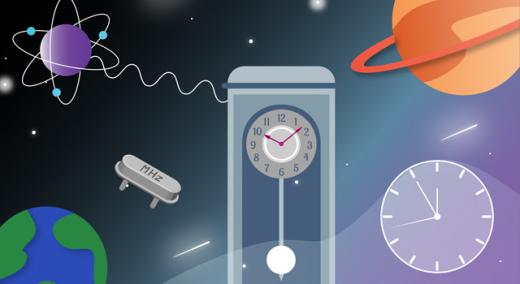Measuring and keeping track of time has allowed people to plan and coordinate locally with others for millennia.
|
ADVERTISEMENT |
As the world has modernized and our pace of life has increased, our relationship to time has changed. Time has become a scarce commodity. The standardization of time has also become essential for the stability in power grids, data synchronization over the internet, global travel, and telecommunications.
In 1960, the second was defined as an international standard unit of measurement for time. Since then, the second has undergone multiple redefinitions. These redefinitions may have happened in your lifetime and you probably didn’t notice.
Prior to 1967, the official time reference for the second was the stable but slow rotation of the Earth relative to the cosmos. But Earth’s rotation can slow down and speed up based on the gravitational influence of the moon and the movement of the outer shell of the Earth. This presents a challenge for accurate timekeeping.
That’s why, after 1967, the second’s definition changed to one based on the exquisitely stable energy levels in atoms; hence, the term “atomic clock.”
…

Add new comment